The automobile industry is constantly evolving, and one of the most significant shifts in recent years has been the rise of crossover vehicles. These vehicles, which blend the features of traditional sedans, SUVs, and even trucks, have gained immense popularity due to their versatility and perceived value. However, despite their popularity, there is a noticeable divide in consumer opinion when it comes to crossovers. Some praise them for their practicality and modern features, while others argue that they offer little more than a compromise between other vehicle types.
In this article, we will examine the market outlook for crossovers, looking at the factors contributing to their rise, the reasons for the mixed consumer opinions, and what the future holds for this segment. From understanding the needs of modern consumers to the innovations driving the crossover trend, this piece will delve deep into why the market for crossovers is both booming and facing challenges.
1. The Rise of the Crossover: Understanding the Phenomenon
A. What Exactly Is a Crossover Vehicle?
Crossovers, also known as CUVs (Crossover Utility Vehicles), are often confused with traditional SUVs due to their similar design and functionality. However, the key difference between crossovers and traditional SUVs lies in their construction. While SUVs are typically built on truck platforms (body-on-frame construction), crossovers are built on car platforms (unibody construction). This difference in construction leads to variances in ride quality, handling, and fuel efficiency, which influences consumer choice.
Crossovers typically combine the best features of both sedans and SUVs: they offer the higher ride height and cargo space of an SUV but are built with the handling and fuel efficiency of a sedan. This versatility is one of the main reasons for the increasing demand for crossovers in recent years.
B. Market Growth and Popularity
The rise of crossovers has been a major trend in the automotive industry over the past decade. In 2019, crossovers and SUVs made up nearly 40% of global car sales, and in some markets, like the U.S., the share of crossover vehicles is even higher. This surge in popularity can be attributed to several factors, including shifting consumer preferences, changing lifestyles, and advancements in automotive technology.
The modern consumer is looking for a vehicle that can adapt to different needs: one that can handle family trips, provide a comfortable daily commute, and offer plenty of cargo space. Crossovers meet these requirements while also being more fuel-efficient and easier to maneuver than traditional SUVs. These benefits have made crossovers the preferred choice for a broad range of buyers, from young professionals to families and even empty-nesters.
C. The Appeal of Crossovers: A Perfect Blend of Functionality and Style
The appeal of crossovers lies in their ability to combine both practicality and style. For many consumers, owning a vehicle that offers both a comfortable driving experience and ample space is highly attractive. Crossovers often come with modern features such as larger infotainment screens, advanced driver-assistance systems, and premium interiors. Many buyers find that crossovers offer a better balance of features compared to traditional sedans or trucks.
Moreover, crossovers often have more aggressive styling compared to sedans, with bold lines, higher ground clearance, and larger wheels. This gives them a more rugged appearance that appeals to those who want a vehicle that looks more adventurous without the full commitment of an SUV or truck.
2. Consumer Divisions: Why Do Opinions About Crossovers Differ So Widely?
Despite the popularity of crossovers, consumer opinions remain divided. While many drivers love the vehicle type, there are those who criticize it for various reasons, including its lack of true off-road capability, high price tags, and the fact that it may not offer the specialized performance benefits of a sedan, truck, or traditional SUV.
A. Pros of Crossovers: Why Many Consumers Love Them
- Versatility and Convenience: Crossovers are often seen as the “best of both worlds.” Their larger interiors allow for more cargo space, making them ideal for family trips, camping, or transporting larger items. The higher ride height gives drivers a better view of the road, which is an appealing feature for safety-conscious buyers.
- Better Fuel Efficiency: One of the most significant selling points for crossovers is their fuel efficiency. While traditional SUVs and trucks often struggle with fuel economy due to their size and weight, crossovers provide an efficient alternative. Built on car platforms, they weigh less and have smaller engines, resulting in better gas mileage.
- Modern Features and Technology: Most crossovers come equipped with the latest in-car technology, from touchscreens and infotainment systems to advanced safety features like adaptive cruise control and lane-keeping assist. These modern features appeal to consumers who value connectivity, entertainment, and convenience.
- Accessibility: For families and elderly individuals, the higher ride height and spacious interiors of crossovers offer easy accessibility, making it easier to get in and out of the vehicle. The combination of comfort and ease of use appeals to a broad range of buyers.
B. Cons of Crossovers: Why Some Consumers Remain Skeptical
- Lack of True Off-Road Capability: Traditional SUVs and trucks have always been seen as vehicles capable of handling rugged terrain and off-road adventures. Crossovers, on the other hand, are primarily designed for on-road use, and while some come with all-wheel-drive options, they generally lack the durability and capability of their larger counterparts. Enthusiasts and consumers who enjoy off-roading might find crossovers unsatisfactory.
- The “Jack of All Trades, Master of None” Problem: One of the most common criticisms of crossovers is that they don’t excel in any particular area. They offer a compromise between a sedan’s efficiency and an SUV’s size, but they often fail to match either of those categories when it comes to performance. For instance, while a crossover might have decent fuel economy, it can’t match the efficiency of a sedan. Similarly, while it might have more space than a sedan, it can’t compete with an SUV’s cargo capacity.
- Higher Prices: Crossovers can be more expensive than traditional sedans, especially when equipped with higher-end features. For some consumers, this higher price point may not seem justified for a vehicle that doesn’t offer the specific benefits of a sedan, SUV, or truck. With some models pushing the limits of luxury vehicle pricing, it may be hard to justify the cost to budget-conscious buyers.
- Over-Saturation of the Market: Another reason some consumers are skeptical about crossovers is the overwhelming number of options available. Every major automaker now offers at least one crossover, which can make it difficult for consumers to differentiate between models. The over-saturation of this segment has led some to question whether crossovers are truly innovative or if the market has become oversaturated with nearly identical vehicles.
3. What’s Next for the Crossover Market?
Despite the mixed opinions, crossovers are expected to continue their dominance in the market for the foreseeable future. The demand for SUVs and family-oriented vehicles remains strong, and crossovers offer a unique blend of comfort, efficiency, and practicality that appeals to many consumers. However, for automakers, there is still a need to innovate in order to overcome some of the criticisms and differentiate their models in a crowded market.
A. Continued Technological Advancements
In the coming years, we can expect crossovers to become even more tech-savvy. With advancements in autonomous driving technology, electrification, and connectivity, crossovers will likely become smarter, more efficient, and even more convenient for consumers. Many automakers are already working on electric crossovers, and we can expect these models to become a key part of the market.
B. Hybrid and Electric Crossovers
As the automotive industry shifts toward more sustainable practices, the rise of hybrid and electric crossovers will play a pivotal role in shaping the market’s future. Electric vehicle manufacturers like Tesla have already proven that there is a demand for electric crossovers, and more traditional automakers like Ford, Volkswagen, and Toyota are investing heavily in this segment. As electric vehicle infrastructure continues to expand and consumers become more comfortable with EVs, electric crossovers are likely to see rapid growth.
C. Increased Focus on Performance
To address the concerns of consumers who feel crossovers are lacking in performance, automakers may focus on enhancing the driving experience. More powerful engines, improved suspension systems, and performance-oriented models will likely become a key focus for manufacturers looking to appeal to consumers who value dynamic driving characteristics.
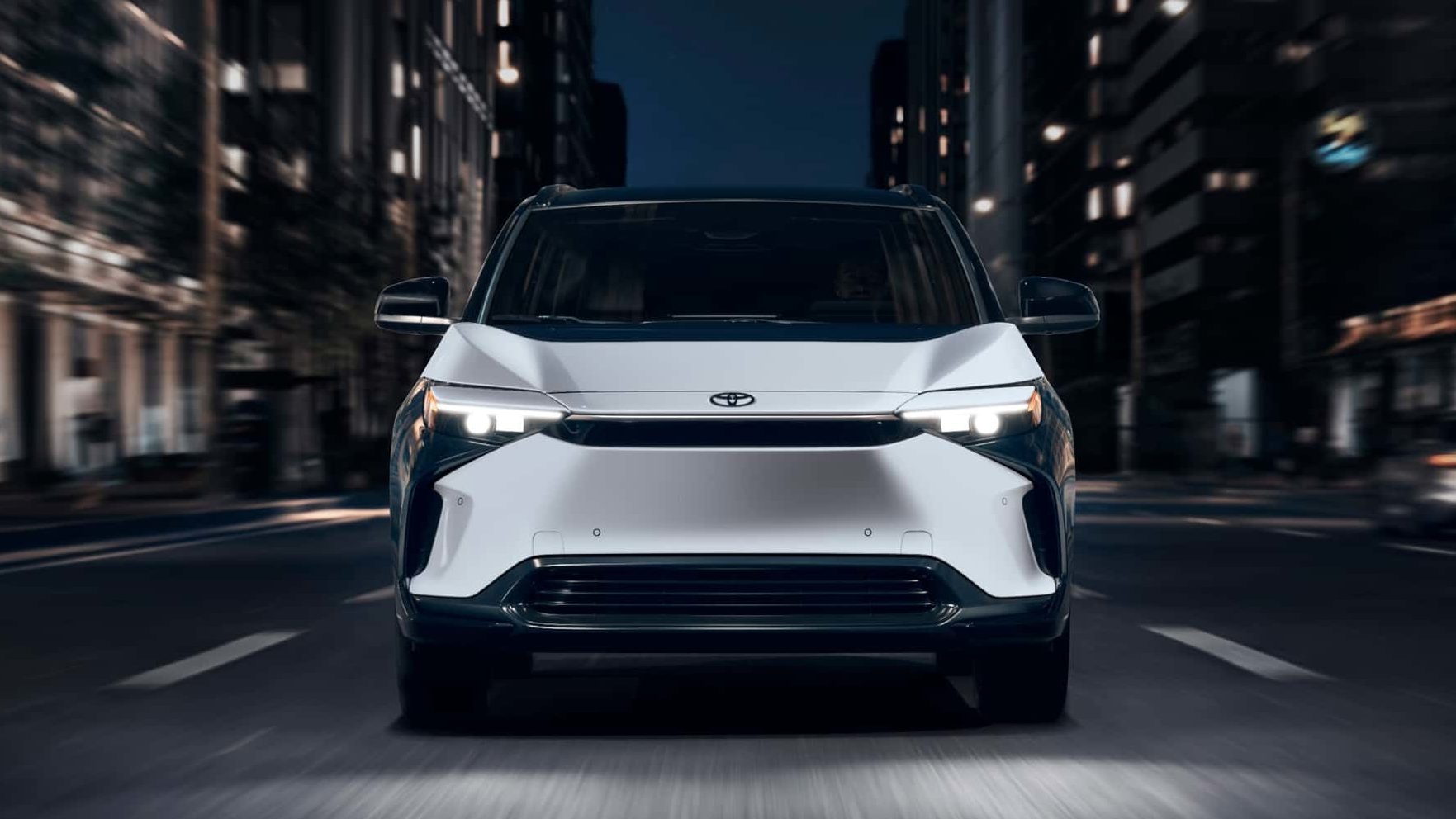
4. Conclusion: A Segment with Potential and Challenges
The crossover segment has experienced exponential growth in recent years, driven by changing consumer preferences for versatility, fuel efficiency, and modern features. While the market for crossovers shows no signs of slowing down, it is clear that there are divisions in consumer opinions regarding their value and utility. For some, crossovers represent the future of personal transportation, offering a perfect balance between practicality and style. For others, they remain a compromise that fails to excel in any particular area.
As automakers continue to innovate and address the challenges and criticisms associated with crossovers, the segment’s future will depend on their ability to evolve and adapt to the changing needs of the global automotive market. Whether or not crossovers will truly become the dominant vehicle type of the future remains to be seen, but one thing is certain: their impact on the automotive landscape is undeniable.



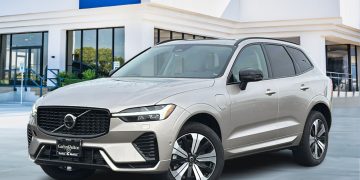


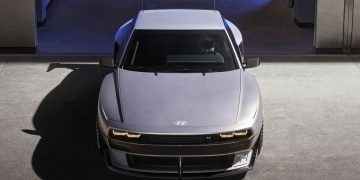
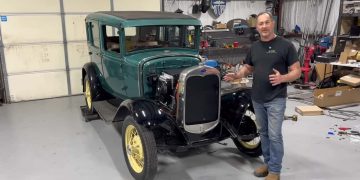

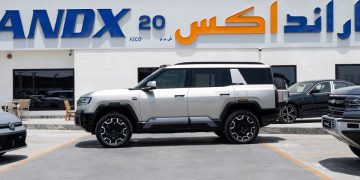

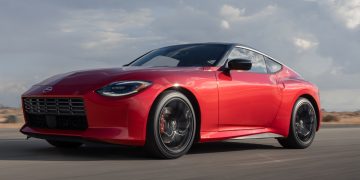






















Discussion about this post